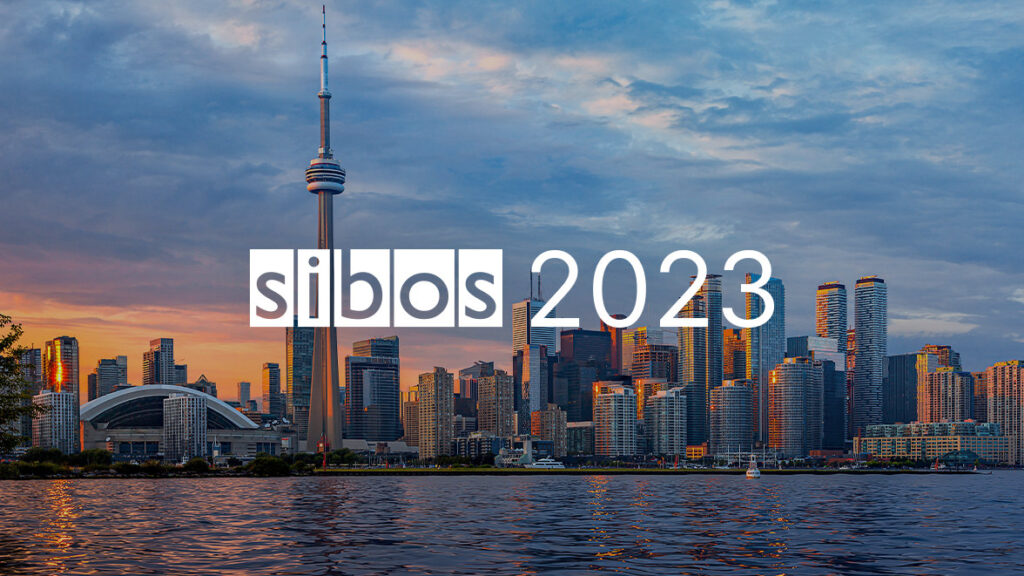Is Instant the final straw that breaks your payment system’s back?
I’m seldom surprised when I meet an organization that has yet to start its payments processing software modernization journey. Replacing your existing payments software solution is a significant decision with major consequences and, let’s face it, substantial risks. It’s not a decision taken lightly.
On the other hand, many acknowledge that you’re unlikely to succeed by running legacy in the modern, dynamic, real-time, gladiatorial pit that is digital payments. A recent report from Accenture sees up to $89 billion in global payment revenues at risk over the coming three years for banks that are slow to offer next generation options.
The longer you wait, the worse the situation will get, as new entrants race past you with their new-found ability to launch new services in days or have greater agility to address customer’s needs and continually extoll the virtues of lower cost bases. The pressure for fundamental change increases day by day.
So, what will get them to squeeze the trigger and embark on this much-needed transformation journey? Is it just one thing, i.e., is there a particular market initiative, a killer app, or some other business imperative that starts the ball rolling?
Is there a first among equals?
In my experience, it’s never just one thing. It’s usually a combination of factors that eventually creates an overwhelming case for change. The most notable common factors include the following:
- Increased volumes of payments are generating scalability issues.
- Instant payment rails demand real-time, always-on performance and customer servicing
- New ISO 20022 message standards require data management and process updates
- Cybercrime demands greater fraud protection for customers
- Cloud/SaaS deployment scenarios – scalability, costs, and focus are all easier to control in the Cloud
- Market innovations like embedded finance demand agile, proactive engagement
- Being API-driven means you need to control, market, and manage your APIs
- New market services like Request to Pay, BNPL, Digital Wallets, CBDC are opportunities to embrace rather than avoid
- Fintech/competition-winning business from your customers
- Lack of flexibility in product setup and integration, stretching time-to-market timelines
- Regulation is constantly changing, mandating disruptive technical and solution updates
While a combination of these factors builds the business case, for most organizations, there is always one factor that ends up being the straw that breaks the camel’s back, a first among equals that gets the business case over the line. But which one is it?
The Final Straw
Every payment processing organization is in a unique situation. Consequently, it’s a challenge to tarnish everyone with the same broad brush and expect all to follow the same pattern and timetable when it comes to why and when they choose to modernize their payment capabilities. However, if I had to pick one factor, it’s the move to instant, real-time clearing services, and processing.
The challenge of supporting instant processing across an organization can be immense. Moving to 24 x 7, 365 days a year, minimal downtime, optimized, automated, exception-free processing, and all systems working together in harmony, is a monumental challenge for many existing institutions.
Be it the removal of manual events in the main processing chain, or the ability for compliance systems, account services, or even analytics to keep up with the necessary processing speeds to comply with execution windows, it creates the need for a fundamental shift in the dynamics and capabilities of an organization.
This is not a geographically isolated challenge. Recent years have seen the development of instant payment infrastructures in numerous countries and regions, some more high profile than others.
FPS in the UK may have been an early catalyst, but since then markets such as Europe have introduced services like Target Instant Payment Settlement (TIPS) and EBA Clearing’s RT1. In the United States, The Clearing House (TCH) – Real-Time Payments (RTP) has been introduced, with the Federal Reserve’s FedNow service to be launched later this year. In Asia, we have seen the establishment of instant payment infrastructures in Australia, Singapore, Malaysia, and Thailand, to name but a few. The move to Instant is happening everywhere.
Most encouraging, the economic and social benefits that result from this move to instant payments are plain to see. Improvements in the economic performance of early-adopter countries have demonstrated the potential of this means of payment as an incentive for economic growth. One year after the adoption of its instant payments system, Thailand experienced a 110% increase in the use of mobile payments. Small businesses offering online payments saw their sales rise by 17%, while large companies increased sales by 22%, according to Datalog Finance*.
However, the benefits are not just for domestic clearing markets. SWIFT is looking at how it can enable interoperability between different domestic instant payment schemes, reducing friction and timelines for moving money across borders. Trials have taken place across various payment corridors with results showing a significant reduction in execution timelines, e.g., transaction time from request to completion between Australia and China down to 18 seconds*.
Initiatives like this are only set to heighten the impact of instant payments on the market and, consequently, further increase the weight of the ‘instant straw’ on the camel’s back. But will that be enough to break the camel’s back? Will it be enough to drive institutions to fully modernize their payment capabilities?
Even by itself, maybe yes, but when taking all the other drivers for change into account, I believe the case becomes overwhelming. It’s not just a no-brainer; it’s the final straw.
Source: * – https://www.datalog-finance.com/en/payment-bank-communication/the-evolving-global-payments-landscape
Related events

Temenos at Sibos 2023
18 – 21 Sep, 2023
Stand D30, MTCC Toronto